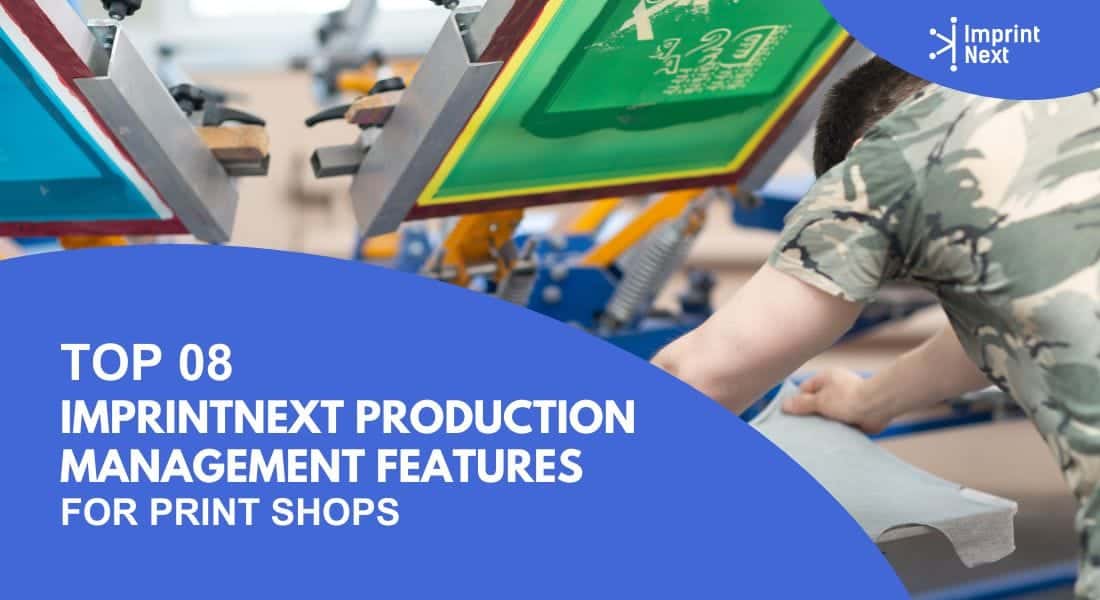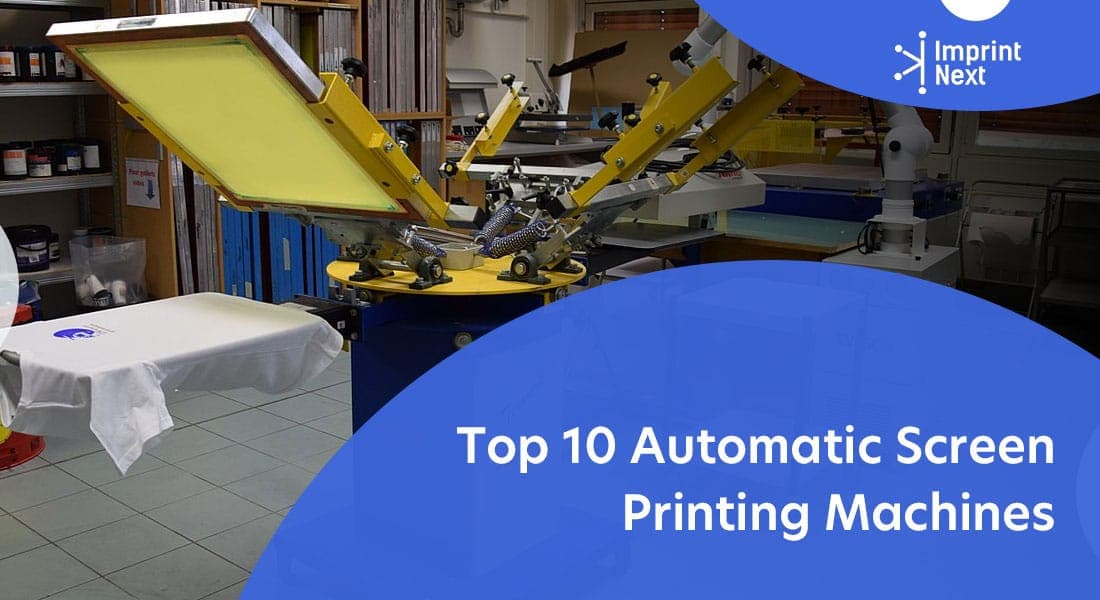
Last Updated on: 2nd July 2024, 1:43 pm
ImprintNext's production management integration automates and organizes the process of making customized products. That is to say, you can seamlessly orders from design to delivery.
Moreover, you can easily manages print job, inventory, quality checks, and order tracking automatically.
So, let us go ahead and explore how the printshop production management integration can revolutionize your workflow and boost your print production.
1. Supplier Catalog Integration:
ImprintNext supplier catalog Integration allows online retailers to automatically import product information from multiple suppliers into their e-commerce platform.
Instead of manually entering details for each product, this system connects directly to supplier databases like Sanmar, S&S Activewear, and Alphabroder, pulling in product data such as descriptions, prices, images, and available sizes or colors.
This integration saves time and reduces errors by eliminating the need for manual data entry. It also ensures that product information stays up-to-date, as changes made by suppliers are automatically reflected in the retailer's online store. This feature is particularly useful for businesses that offer a wide range of products from various suppliers, as it streamlines the process of managing and updating their product catalog.
2. Imprintnext’s Product Catalog:
ImprintNext's Product Catalog is a feature that allows e-commerce store owners to easily add a variety of pre-configured products to their online shops.
Instead of creating product listings from scratch, you can access ImprintNext's extensive catalog and select items to include in your store. This catalog likely covers a wide range of products, possibly including apparel, accessories, promotional items, and more.
The main benefit of this feature is time-saving. By using pre-configured products from ImprintNext, you don't have to spend time setting up product details, descriptions, images, and pricing for each item individually.
This can significantly speed up the process of populating your online store with products.
It's especially useful for new store owners or those looking to quickly expand their product offerings without the time-consuming task of manual product setup.
3. Product Configuration:
Product Configuration is a feature that allows you to customize the design tool from your backoffice. You can set rules on how your customers should personalize products in your online store.
Moreover, it lets you set up multiple areas on a product where customers can add designs, logos, or text. You can define these areas in different sizes and shapes, and specify which decoration methods (like printing or embroidery) can be used in each area. You can also add helpful guides like bleed marks, crop marks, and safe zones to ensure designs are placed correctly.
This feature also allows you to upload multiple product images that customers can use when designing their items. These images can show the product from different angles, helping customers visualize how their customizations will look.
Additionally, you can enable a 3D preview feature, which allows customers to see a three-dimensional representation of their customized product before they buy it.
This gives them a better idea of how the final product will look, potentially increasing customer satisfaction and reducing returns.
4. Price matrix:
A Price Matrix is a flexible pricing tool that allows you to set custom prices for specific product variants and offer quantity-based discounts. With this feature, you can assign different prices to products based on their attributes like color or size. For example, you might charge more for larger sizes or premium colors of a t-shirt.
Additionally, the Price Matrix lets you create tier-based pricing discounts. This means you can offer lower prices per item when customers buy in larger quantities. For instance, you could set it up so that buying 10-20 items gives a 5% discount, 21-50 items gives a 10% discount, and so on. This encourages bulk purchases and can help increase your overall sales volume.
5. 3D Product Configurator:
A 3D Product Configurator is a tool that allows customers to customize different parts of a product in a three-dimensional, interactive environment.
Using the example of a sublimation jersey, this feature would let customers visually modify various elements of the jersey, such as the collar, sleeves, body, and other components. They can see their changes in real-time from different angles, giving them a comprehensive view of their customized product.
This tool goes beyond simple color changes or adding text. It allows for more complex customizations, potentially including fabric patterns, design placements, or even structural modifications (like sleeve length or fit type).
The 3D aspect makes it much easier for customers to understand exactly what they're ordering, which can lead to higher satisfaction and fewer returns. It's an engaging way for customers to create truly personalized products, making the shopping experience more interactive and enjoyable.
6. Variable decoration area:
Variable Decoration Area is a feature that is suitable for products that come in custom sizes, such as signage, stickers, and banners. This tool allows customers to specify the exact dimensions they need for their product, rather than being limited to preset sizes. For example, a customer could order a banner that's exactly 3.5 feet by 8.2 feet, or a sticker that's precisely 4.7 inches in diameter.
This flexibility is particularly useful for businesses and individuals who need promotional materials or signage that fits specific spaces or requirements. The system likely calculates pricing based on the dimensions entered, ensuring fair pricing for both larger and smaller custom sizes.
It also adjusts the design area accordingly. So customers can see exactly how their design will look on their custom-sized product. This feature enhances the versatility of your product offerings and caters to a wider range of customer needs.
7. Decorated products:
Decorated Products is a feature that allows you to offer pre-designed items in your online store. Instead of starting from scratch, customers can choose from a selection of design templates. It applies to products like t-shirts, mugs, or posters. These templates might include popular phrases, artwork, or themed designs that are ready to be purchased.
The key aspect of this feature is that it also allows customers to edit these pre-made designs. They can personalize the template by changing text, colors, or even adding their own elements. This gives customers the flexibility to start with a professional design and then tweak it to their liking.
It's a great middle ground between fully custom products and completely pre-made items. It is appealing to customers who want something personalized but don't want to design from scratch.
















